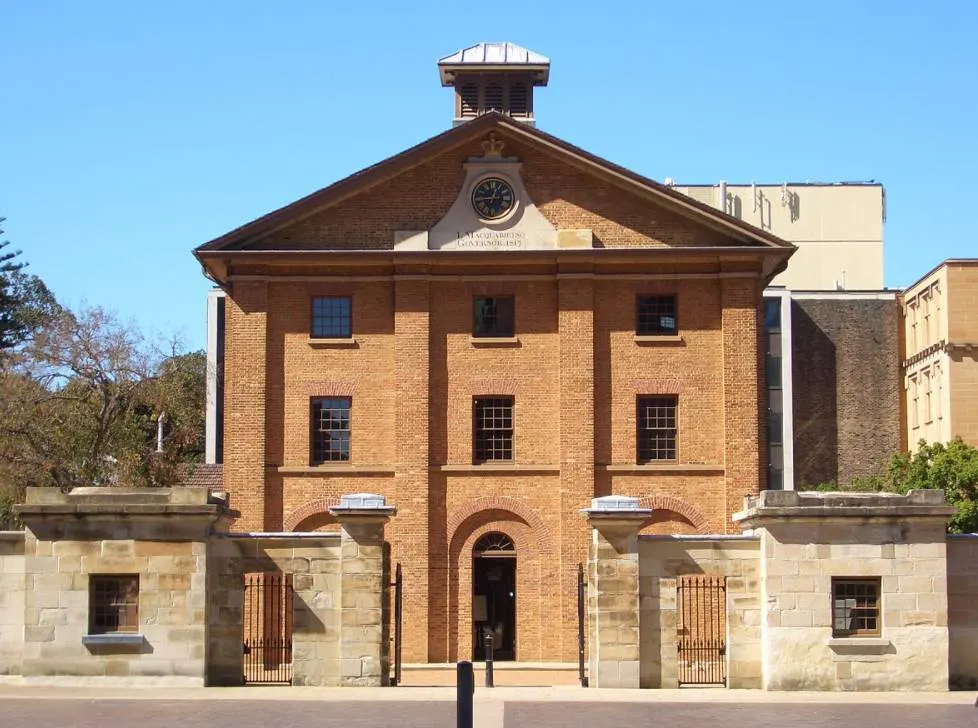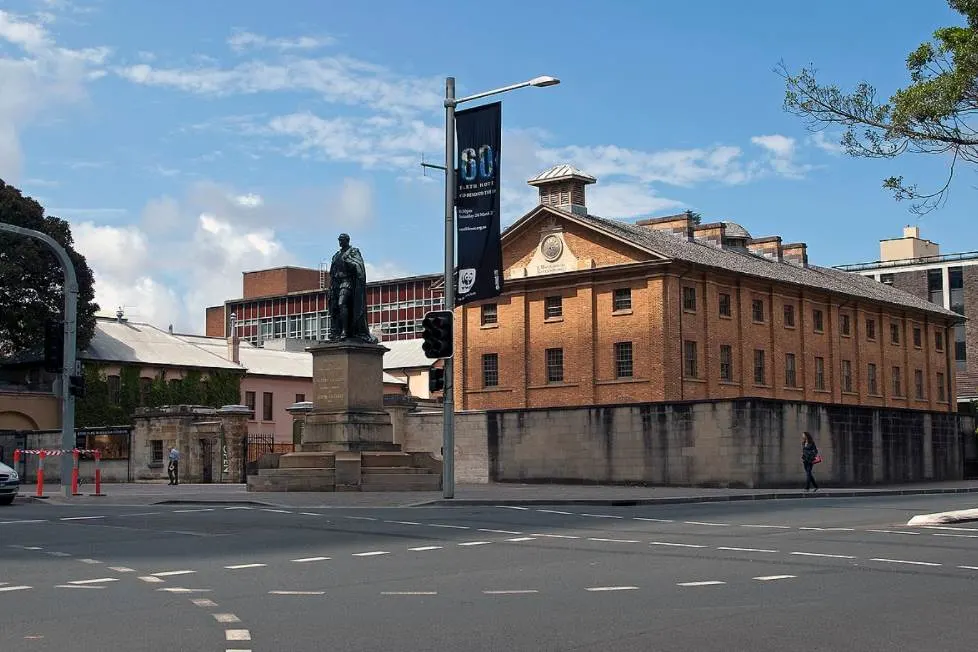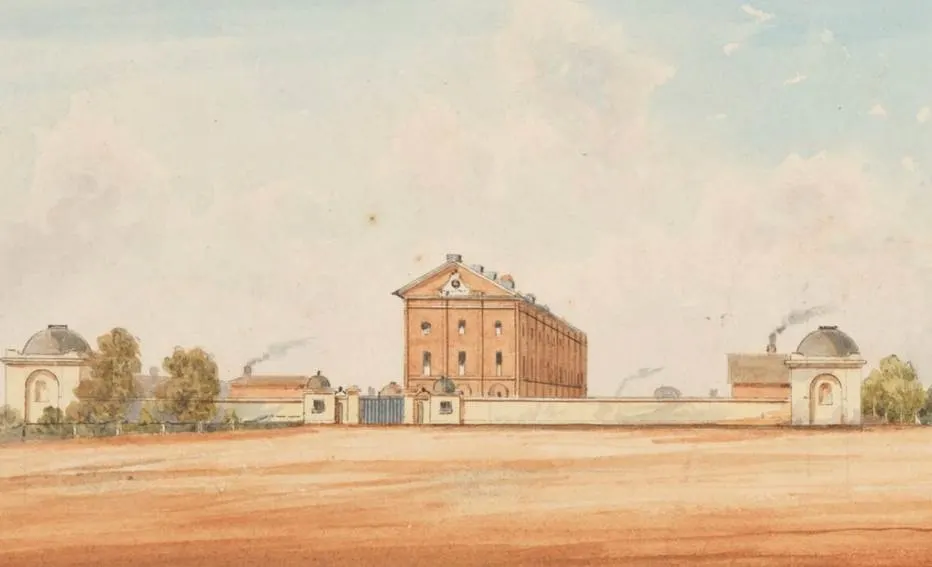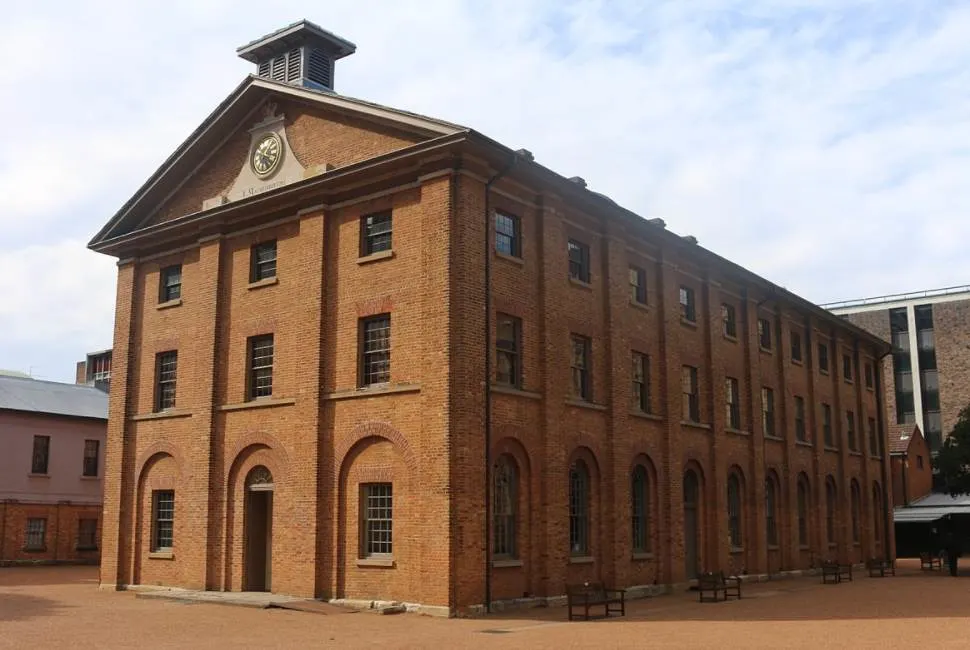A structure that was originally built as a jailhouse for convicts during colonial times has become one of the most intriguing buildings in Sydney today.
Let’s take a closer look at some of the most interesting facts about the Hyde Park Barracks, a landmark building that has served multiple purposes throughout its extended history.
1. It’s located north of Hyde Park in the heart of the city
The Hyde Park Barracks are located just north of Hyde Park in the central business district of Sydney. This is the oldest public park in all of Australia as it was built between 1810 and 1927, covering an area of 16.2 hectares (40-acres).
This is really in the heart of the city because multiple other famous attractions in Sydney are located just walking distance away. Some of these include the Art Gallery of New South Wales, the Royal Botanic Gardens of Sydney, The world-famous Sydney Opera House, and the Sydney Harbor Bridge, to name just a few.
The complex is located on Macquarie Street, a street named in honor of Lachlan Macquarie (1762-1824). He was the governor of New South Wales Between 1810 and 1821 and was the man who commissioned the construction of the building.

2. It was built during the second decade of the 19th century
The main reason why the Hyde Park Barracks was built is to house the convicts that were causing trouble in the street of Sydney after their day at work. This means that this wasn’t a prison as we know it today in which convicts are confined, but rather some sort of boarding house.
The structure was even designed by a convict architect named Francis Greenway, a man who was transported to Australia after committing forgery. Upon completion, governor Macquarie was so pleased that he instantly pardoned the man.
The main building is a 3-story sandstone brick structure and was built between 1817 and 1819. All 3 floors have an identical design as they consist of 4 rooms which are connected with cross-shaped corridors.

3. A lot more than the planned 600 convicts were housed here
Even though the barracks were originally designed to house 600 men, this quickly became inadequate as up to 1,400 men were housed here at any given time.

That’s the main reason why the barracks eventually became a place to house the convicts who either couldn’t afford lodging in the city or who were known to cause trouble.
The 4 rooms on each floor were designed in such a way that 2 rows of hammocks could be hung here, each with dimensions of 2.1 by 0.6 meters (7 by 2 feet). The central corridor is only about 90 centimeters (3 feet) wide.
Visiting the Hyde Park Barracks really gives you a clear insight as to how life for convicts in a penal colony in Australia really was.

4. The Barracks complex was used for a wide variety of purposes in its history
Just before the dormitory of the Hye Park Barracks was built, another structure was commissioned by Governor Macquarie. This was a convict hospital that was nicknamed the “Rum Hospital.”
That’s because the men who built it, Garnham Blaxcell, Alexander Riley, and D’Arcy Wentworth, signed an agreement with the governor that enabled them to hold the monopoly to sell alcoholic beverages in the city.
This building was eventually transformed into a mint in the year 1855, known back then as the “Royal Mint, Sydney Branch.“
Part of the complex was also used as a courthouse. This started in the year 1830 as convicts were brought to a building in the northern section of the barracks. The Court of General Sessions eventually determined their faith here.
Finally, as the number of convicts transported to Australia sharply dropped during the 1840s, the barracks were used as a Female Immigration Depot. This started in 1848 as the final convicts were shopped to another penal colony known as “Cockatoo Island.”

5. The building received an $18 million restoration between 2019 and 2020
Today, the entire complex of buildings is part of the Sydney Living Museums, a branch of the local government, and serves its purpose as a “living history museum.”
The buildings received a serious facelift between 2019 and 2020 as $18 million was spent to enhance the visitor experience to the tourist attraction in Sydney.
The main focus of the renovation project of the barracks was to improve the historical nature of the structures so you can be transported back to the time that convicts were housed here.
Experiencing the history of the city during the 19th century definitely makes the Hye Park Barracks a must-visit attraction on your Sydney bucket list.

More interesting facts about the Hye Park Barracks
6. Even though the brick sandstone building is the main building of the complex and the Mint is located just north of it, several other buildings are surrounding it. All buildings are also enclosed within a large perimeter wall.
7. There were about 15 penal colonies in Australia between 1788 and 1868 and an estimated 166,000 convicts (men, women, and children) were transported here from Ireland and Britain during this period in history.
8. The Hyde Park Barracks is one of the 11 most important Australian Convict Sites that were designated as a UNESCO World Heritage site. They were designated as such in the year 2010 and are described as “the best surviving examples of large-scale convict transportation.”
9. The barracks opened their doors on June 4, 1819, and a total of 553 convicts were admitted at that time. A total of 30,000 convicts would eventually call this place home for a period of time during the 19th century.

10. The first preservation project of the barracks was conducted between 1981 and 1984. Shortly after, the Museum of Applied Arts and Sciences opened the barracks as a museum for the first time.
The ownership of the museum ended up being transferred to the Historic Houses Trust of NSW in 1990 which eventually became the Sydney Living Museums, the organization that manages the attraction today.
Sydney Living Museums is a collection of 4 museums that provide insight into the history of the city. The other 3 museums are:
- The Susannah Place Museum – A former grocery store and workers’ cottages built in 1844.
- The Museum of Sydney – A museum full of historic artifacts related to the city.
- The Justice & Police Museum – Provides insight into the world of crime in Sydney’s history.

